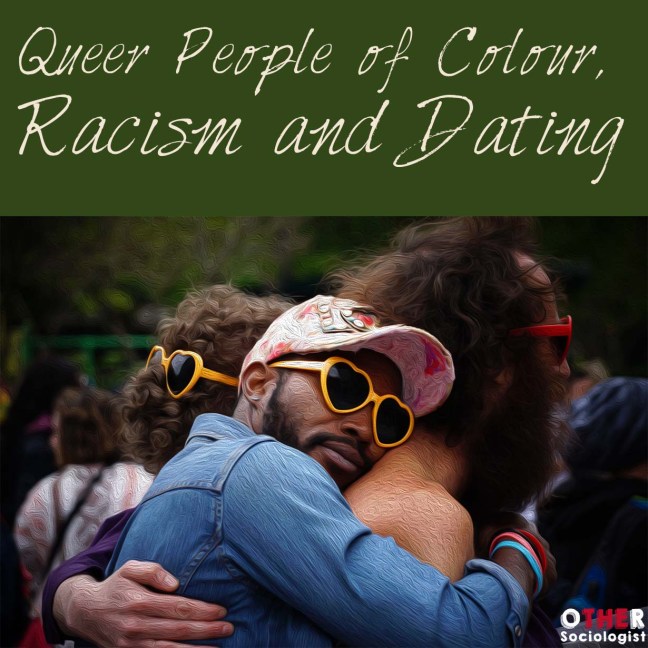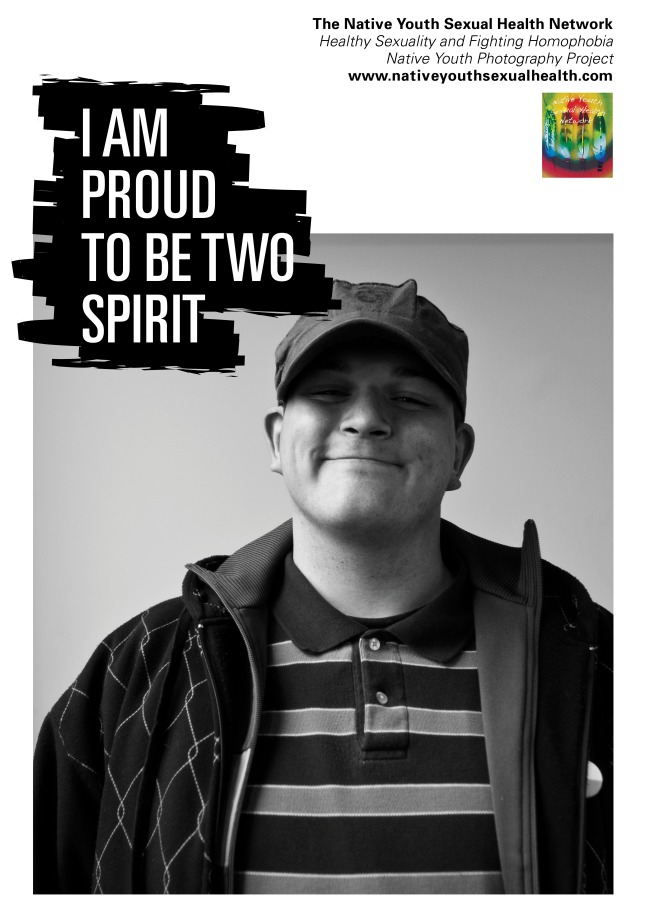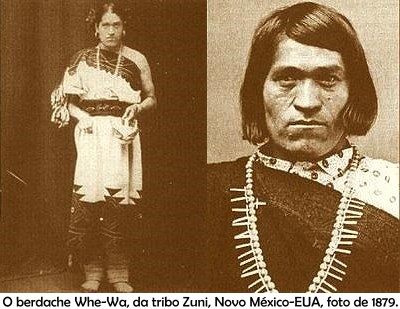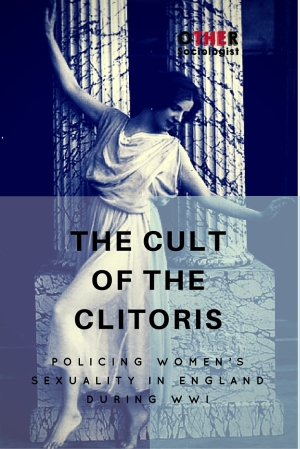An evolutionary psychology study that gained much media attention in May 2017 claims to show women’s sexual attraction to other women is the outcome of evolution, specifically for the pleasure of heterosexual men. The study was reported widely as ‘homosexual women evolved for men’s pleasure.’ Journalists have not read the study nor linked to it. The study is published in the journal Personality and Individual Differences. The study is led by Associate Professor Menelaos Apostolou. The team is based at the University of Nicosia, with apparently only one woman co-author.
Here, I show why the study is flawed and why the conclusions are premised on dangerous heterosexism. Heterosexism is the prejudiced belief that heterosexuality is ‘natural’ and ‘normal,’ and that heterosexuality uniformly structures all aspects of social life. Heterosexism also presumes that gender is a binary (there are only two groups, men or women), and excludes the lived experiences of transgender people. Heterosexism brings to light the social construction of sexuality, and in this case, the values and social dynamics that impact on what is taken-for-granted about heterosexuality.
I focus my discussion on cisgender heterosexual and homosexual people as the authors of the study have presumed men and women can either be homosexual or heterosexual, to the exclusion of other gender and sexual identities. They have done this without explicitly saying so (it is a facet of heterosexism to reinforce binaries, because variations of sexuality disrupt the idea that heterosexuality is natural and normal). Experiences for transgender lesbians would vary, however, the authors presume a gender binary in thinking about lesbian desire.
With these cautions in mind, let’s dive into the study.
https://twitter.com/OtherSociology/status/868139704226635779
Continue reading Heterosexism in a Scientific Study of Lesbian Attraction





 This story is engrossing: Maud Allan was a Canada-born dancer who found fame in Germany in the early 1900s. She performed in the Oscar Wilde play, Vision of Salome, famous for “the dance of the seven veils.” When Allan was in her 20s, her brother was executed for killing two girls. She changed her name to escape this notoriety but later found herself the subject of infamy, drawn into a litigation case defending her name against charges of “sexual perversion.” Allan’s artistic sensuality and the fact that she was a lesbian were weaved into a conspiracy plot involving the highest office of British parliament. The Daily Mail
This story is engrossing: Maud Allan was a Canada-born dancer who found fame in Germany in the early 1900s. She performed in the Oscar Wilde play, Vision of Salome, famous for “the dance of the seven veils.” When Allan was in her 20s, her brother was executed for killing two girls. She changed her name to escape this notoriety but later found herself the subject of infamy, drawn into a litigation case defending her name against charges of “sexual perversion.” Allan’s artistic sensuality and the fact that she was a lesbian were weaved into a conspiracy plot involving the highest office of British parliament. The Daily Mail